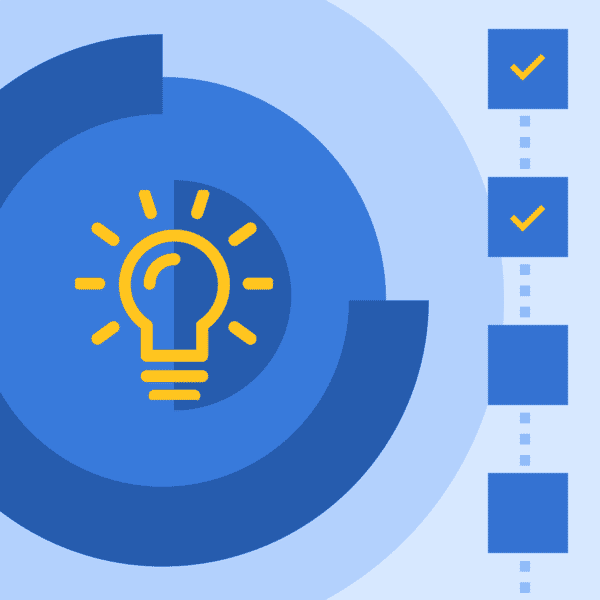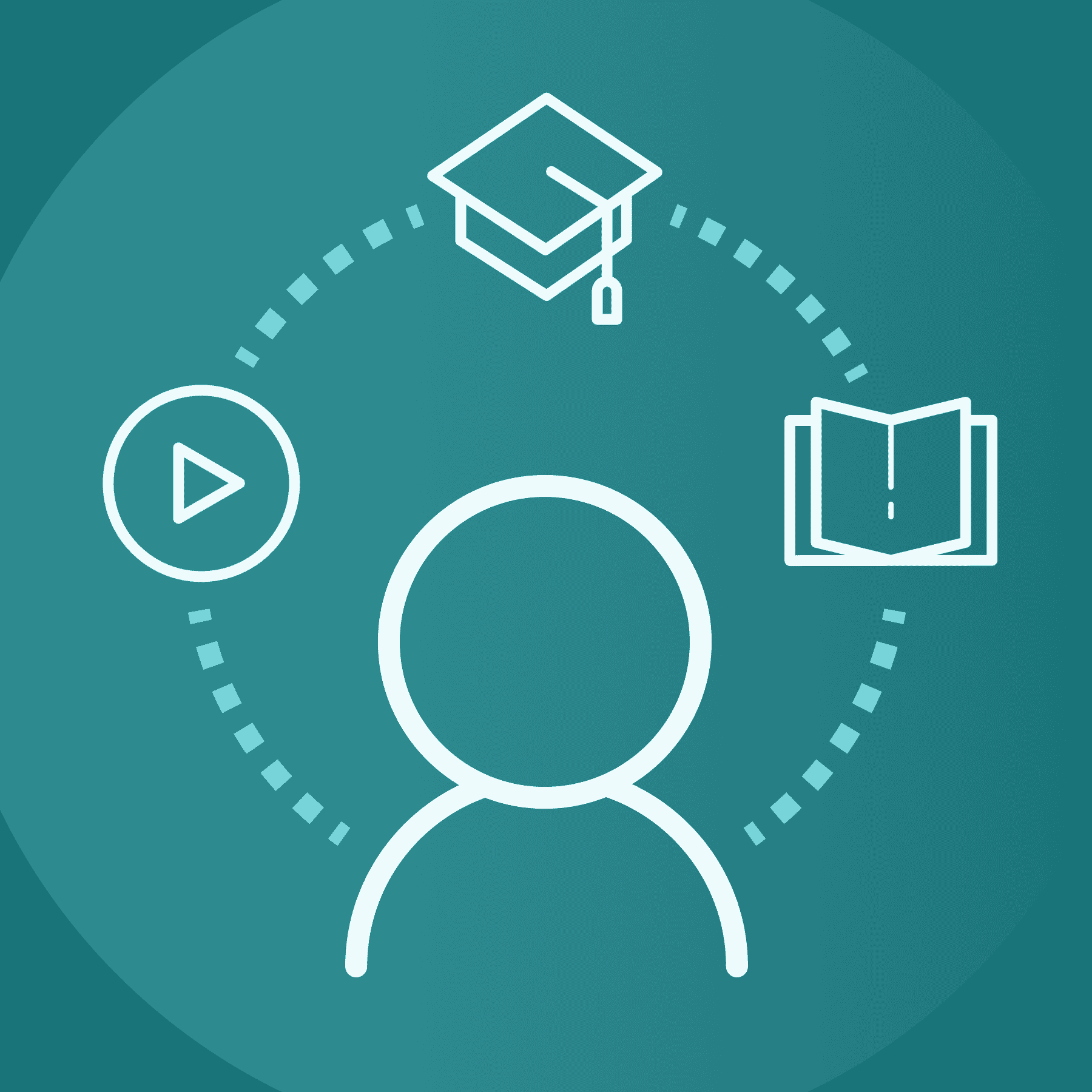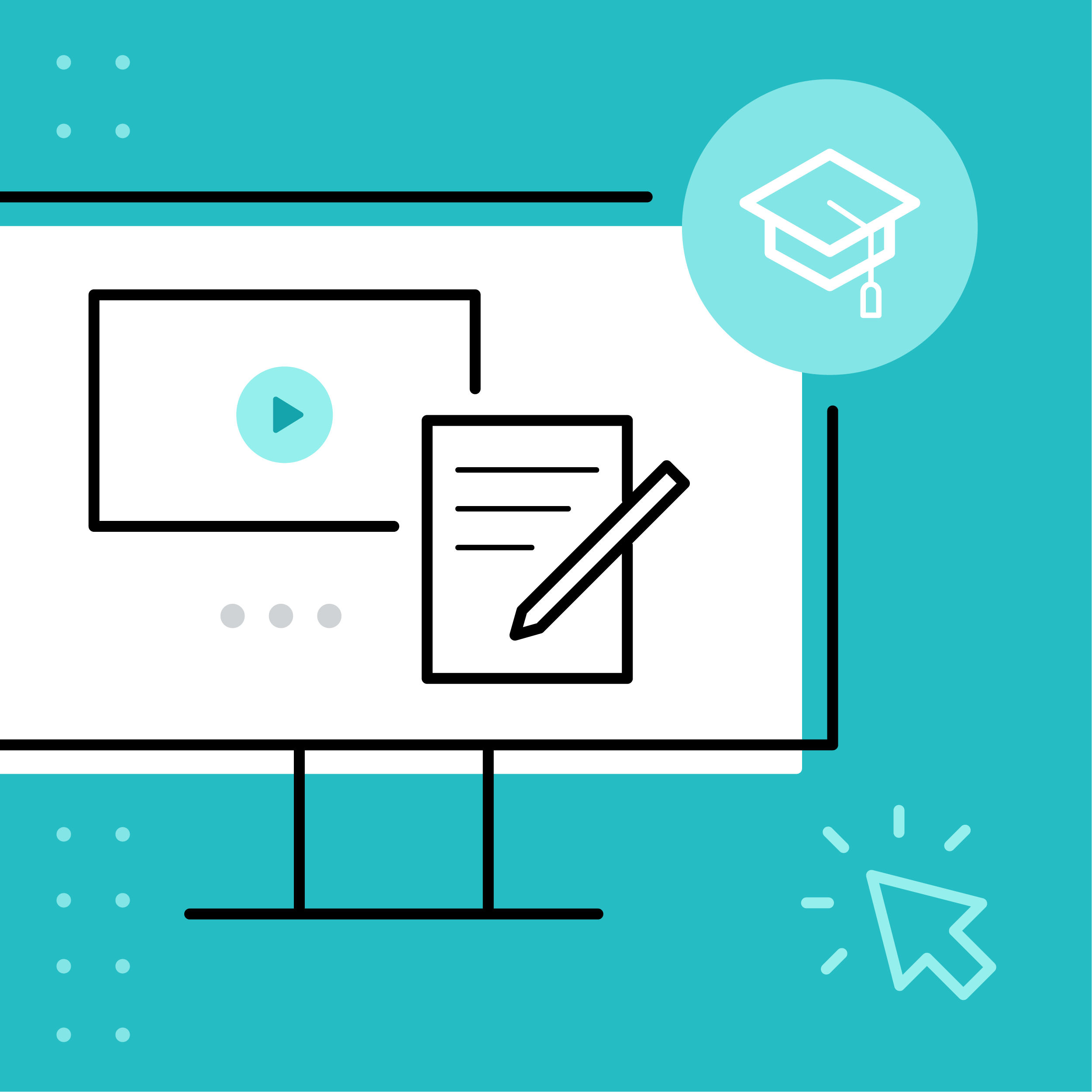“My company wants me to create microlearning,” Shawna announced.
“What is that?” Carlos asked.
“Microlearning is just what it sounds like, small chunks of training,” Shawna replied.
Although the concept of microlearning is nothing new, it is a trending eLearning approach that many companies are using more and more in their learning and development (L&D) programs. The “micro” in microlearning implies short, clear, and impactful learning units (sometimes called nuggets), which are delivered as short-term learning activities. The “learning” in microlearning is the same as in other eLearning methods where content is accessed through digital assets. These microlearning modules can be designed to be challenging and fun for the modern learner, as well as scored and analyzed to improve overall knowledge retention and performance.
Thanks to the information age and our fast-paced “connected” world, microlearning happens all the time. We all want context-relevant new information, and we want it when we need it. For example, you find yourself on the side of the road with a flat tire. You know you can change the tire, but it’s been a while since you’ve had a blowout and you just don’t remember how to do it. You take out your trusty smartphone and Google, “how to change a tire.” Immediately, you have brief instructions, graphics, and a short video on how to change a tire. The information provided online helps you get through a critical situation quickly. As you can see, microlearning is on-the-go and it is best employed when the information is really needed.
Microlearning as an On-the-Job Resource
“I got it, so, it’s learning that can be done on-the-go,” Carlos said.
“Yes, but microlearning also presents material as an on-the-job resource,” Shawna answered.
Companies are constantly configuring how to create a learning journey that improves employee performance. Microlearning can be an effective way to learn complex concepts, but it is important to note that there is no one-size-fits-all approach to eLearning. For example, learning content in a corporate setting can be quite different from an in-depth study or traditional learning methods for a student at a university.
In the traditional sense of learning, a company must pull employees away from clients to attend a lengthy instructor-led employee training session. Employees anticipate a boring presentation of slides, and more often than not, a useless printed copy of the course. Clever employees do everything in their power to “get out of it,” while everyone else has to put a lot of time and effort into learning. When the class is finished, employees usually receive a certificate of completion. But is a paper certificate the best proof of learning?
Now, consider a flexible microlearning approach. A company delivers short lessons and online learning activities to the employees. These activities can be anything from watching a podcast or video clip, viewing an info-graphic, memorizing a definition or formula, to answering questions in a quiz. The learning module does not require the employee to stop everything and attend a class. Rather, employees take the training at their convenience or at a time of needing it to do their job. The material becomes applicable to their situation, thereby making it impactful, and it can be accessed using any preferred mobile device. The proof of this learning approach is evidenced in step-by-step achievements and improved performance or skills along the way. For example, employees might successfully complete a new task, meet compliance training best practices, increase their sales numbers, or show improved soft skills. Explore further with skill development examples that seamlessly integrate into microlearning modules. After engaging in a handful of specific microlearning activities, learners find they have completed a whole course—just delivered in useful, memorable bite-sized learning pieces.
Microlearning and Retaining Information
“Microlearning helps learners retain information,” Shawna continued.
“Ah, so it’s more scientific than just distributing a lot of information as tiny lessons,” Carlos added.
Some studies indicate that the human attention rate is falling and that the human brain actively forgets things. Research suggests that breaking information down into small chunks for today’s learners helps expand attention and increases memory retention. In addition, psychologist Hermann Ebbinghaus, known for his studies regarding memory and his discovery of the Forgetting Curve model, illustrates how memory fades over time and how we can effectively reinforce things that we learn. Techniques that stem from his findings, such as using “spaced learning” or ensuring information to learn is relevant and useful, are applicable to microlearning practices today.
When setting out to create training content for L&D, keep in mind three principles that can help learners remember information.
- Engaging content: Learners are more focused and interested when content is clear and pertinent to the topic. Depending on the authoring tool or platform you use to create content, you can capture the attention of today’s learners with simple interactive activities, scenario-based decision-making, or full-on gamification.
- Incremental learning: It is natural for people to learn things one step at a time. When information is presented in a progressive way it allows learners to use what they’ve learned, enabling them to understand new or more complex concepts.
- Spaced repetition: Regularly asking learners questions or showing flashcards on a topic presses them to recall the information. This increases the rate of learning and steadily reinforces it from short-term to long-term memory.
Truly effective microlearning is 1) short and useful, 2) accessible in a time of need, and 3) supportive of retaining information to memory.
Practical Benefits of Microlearning
“I would prefer a quick 5-minute crash course on my phone rather than sitting through an hour-long class, that’s for sure!” Carlos exclaimed.
“Me too, and blending microlearning in with everyday work situations is action-based, and is more useful to the employee,” Shawna suggested.
L&D programs that embrace eLearning probably already see the benefits of delivering training online. For example, it reduces or eliminates on-premises instructor-led classes, promotes anytime, anywhere learning, provides a way to track a learner’s progress, and lets you analyze data from your learning management system (LMS).
Adopting microlearning into your eLearning space can be quite efficient if it fits in with your audience and your organization’s capabilities, budget, and schedule. The modular nature of microlearning cuts down on training costs and is quicker to deploy. Plus, producing small blocks of learning is preferred by many modern learners who want training that is informal, on-demand, and specific to their needs. The following are benefits from microlearning that can help to meet your eLearning objectives as well as increase learner engagement and satisfaction.
- Memory retention: Microlearning conveys short bursts of information. These intermittent learning segments include only key points, without a lot of unnecessary and unimportant information. Interactive bite-sized content, frequently repeated, is easier for a person to learn and remember than a large quantity of information all at once.
- Flexibility: Microlearning accommodates different learning styles and allows learners to build up proficiency at their own pace. Learners don’t have to spend a lot of time and effort on training and can determine which learning activity to interact with when they need it.
- Accessibility: Learners are able to tap into a short learning activity anywhere using their device of choice (e.g., desktop, laptop, tablet, smartphone), and output is responsive to that device. Also, microlearning courses tend to be small enough to download if the learner would rather view them offline.
- Faster delivery: Using an authoring tool to create engaging, personalized content can easily yield a well-designed microlearning activity that meets a specific learning goal. Microlearning becomes effortless to build, publish, and update.
Tips for Creating Microlearning Content
Keep in mind that microlearning units are small, impactful, and self-contained. Here are a few tips when creating microlearning content in general.
- Get to the point: Learners using microlearning need “in-nick-of-time” answers and solutions.
- Keep it clear: Make the learning experience easy and uncomplicated for learners. Content should be concise and clear with simple interactive strategies.
- Personalize it: Content should be rich with multimedia, relevant, and scalable. Keep it focused on what learners need to do, or how to go about doing it.
- Keep it short: Learning activities should be short (3-7 minutes). This supports memory retention and attention spans.
Microlearning and MadCap Flare
“How are you going to start creating microlearning material?” Carlos wondered.
“The L&D department uses MadCap Flare for training material. It is perfect for interactive crash courses and for managing loads of content from microlearning,” Shawna said.
There are many options for creating eLearning and microlearning content. To create quality microlearning you don’t need the latest mobile app on the market. You can use a myriad of established eLearning authoring tools. Consider what features and capabilities are needed for your mini-courses, and pick a tool that best suits your audience and organizational goals.
MadCap Flare is a standalone software application for creating digital assets with advanced content authoring capabilities. It is ideal for producing microlearning interactive activities, eLearning courses, or learning portals. Learners can access microlearning when they want to from the LMS, and consume it in a way that meets their learning style and needs.
Flare specializes in creating small chunks of training topics, and quizzes with questions, answers, feedback, scoring, and more. Tests can be designed to stand alone or be part of a larger training program for employees. Some features to support microlearning activities are text, images, videos, audio, hotspot popups, mini-slideshows with in-page navigation, drop-down sections, scrolling pages or Iframes, and responsive layouts for online output.
Flare provides the ability to quickly produce output with minimal effort, but it is also capable of mitigating microlearning challenges such as handling a huge amount of content files, or achieving a consistent look and feel for content, navigation, and branding. Key Flare features are:
- Single-sourcing Documentation: This lets you reuse content and produce multiple outputs from the same set of source files. Because of this, Flare helps to leverage content for different purposes and allows you to easily manage revisions. Reusing learning content can reduce costs, improve collaboration, enhance workflows, and increase productivity.
- Customization: This gives you the freedom to create and design what you want—custom-made interactions—without being restricted to a proprietary system.
Enhancing Microlearning with Xyleme LCMS
In the landscape of microlearning, MadCap Xyleme stands out as a leading Learning Content Management System (LCMS) ideal for enterprises. Xyleme’s suite of tools supports the quick creation, distribution, and analysis of microlearning modules, making it an exceptional choice for employee training software and compliance training software. With Xyleme Elevate™, a content collaboration software, teams can seamlessly work together to enhance learning materials. Xyleme Create™ offers robust content authoring and publishing software that simplifies the production of personalized learning content.
Finally, Xyleme Syndicate™, a content delivery and analytics platform, ensures that learning materials are not only delivered efficiently but also provide valuable insights through advanced analytics. Integrating Madcap tools into your microlearning strategy allows for streamlined content management, personalized learning experiences, and actionable insights into content effectiveness. To understand the distinction and benefits of a Learning Content Management System like Xyleme over traditional systems, read our LCMS vs. LMS article.
In Summary
“Let’s help employees do their job with microlearning!” Shawna and Carlos declared.
If you are looking to add microlearning to your eLearning program, there is no better time than now. Microlearning is all around us, and it can be accomplished in many different ways. Learners want targeted, tiny units of useful information—when they need it most.











